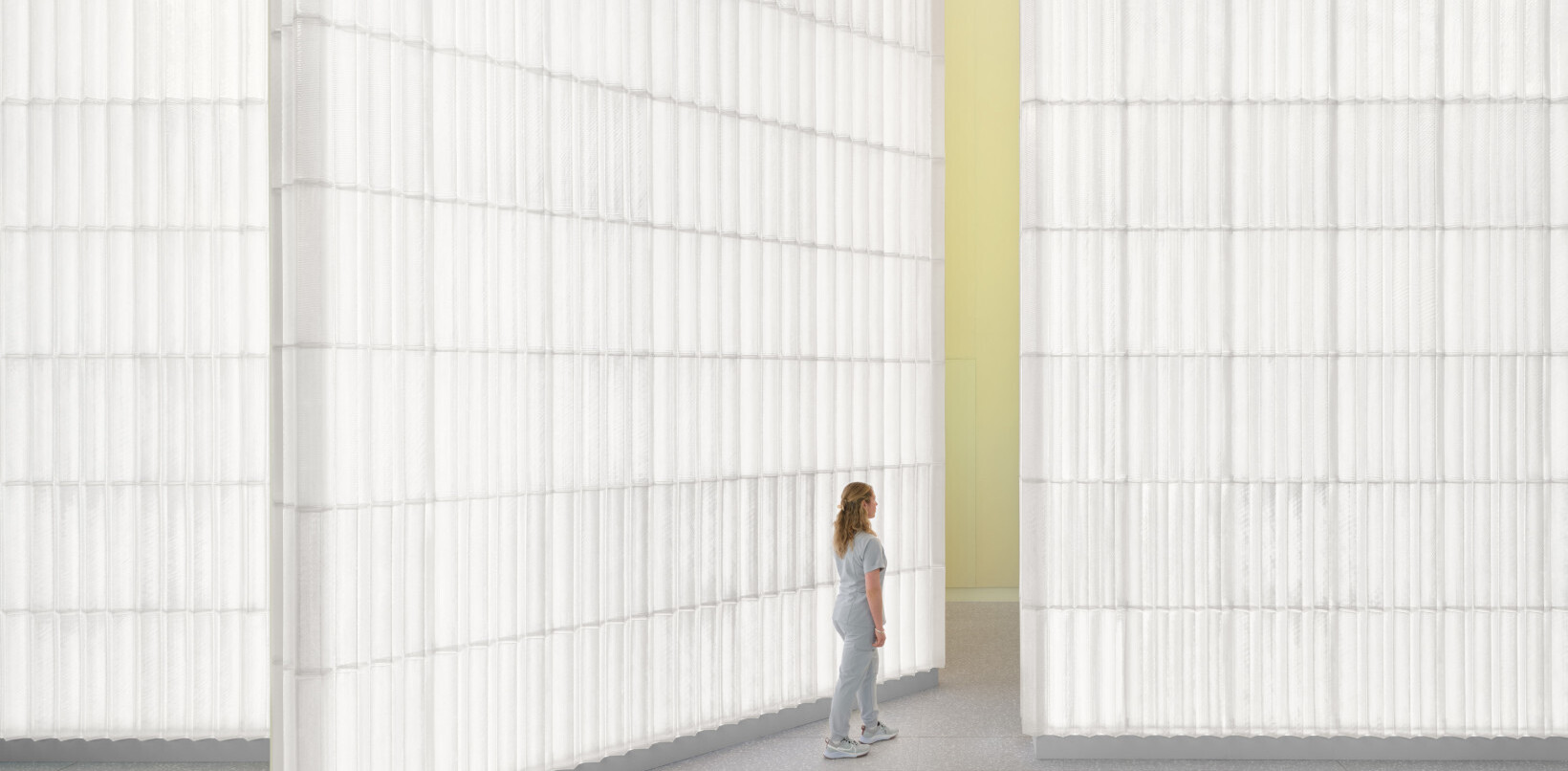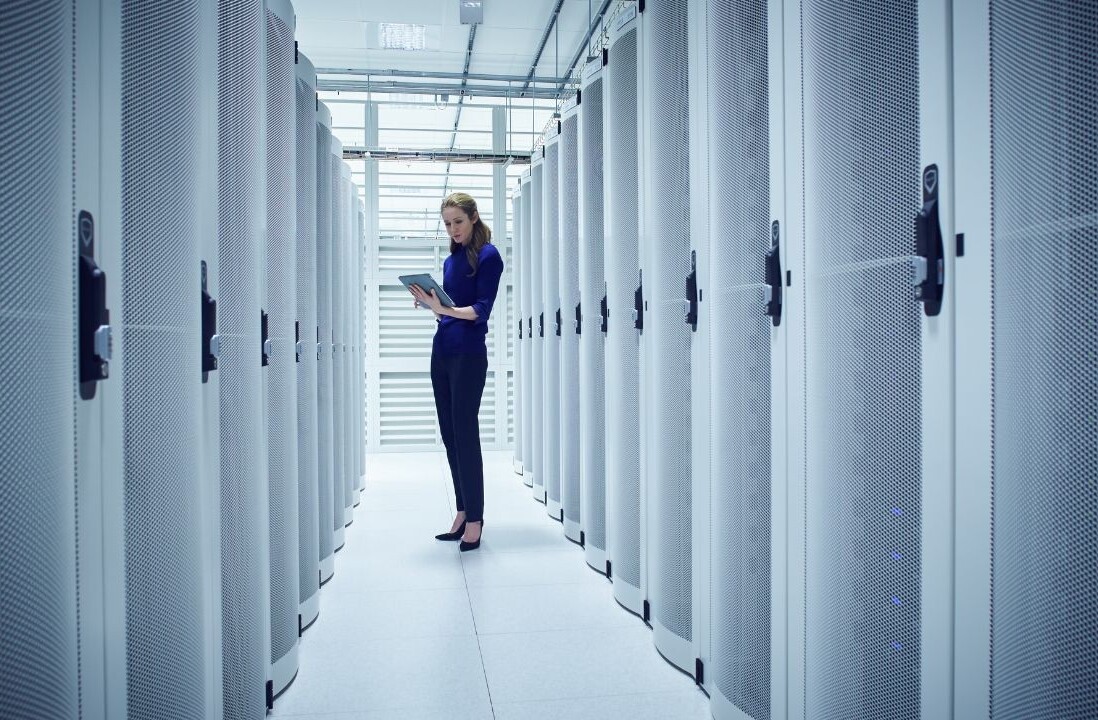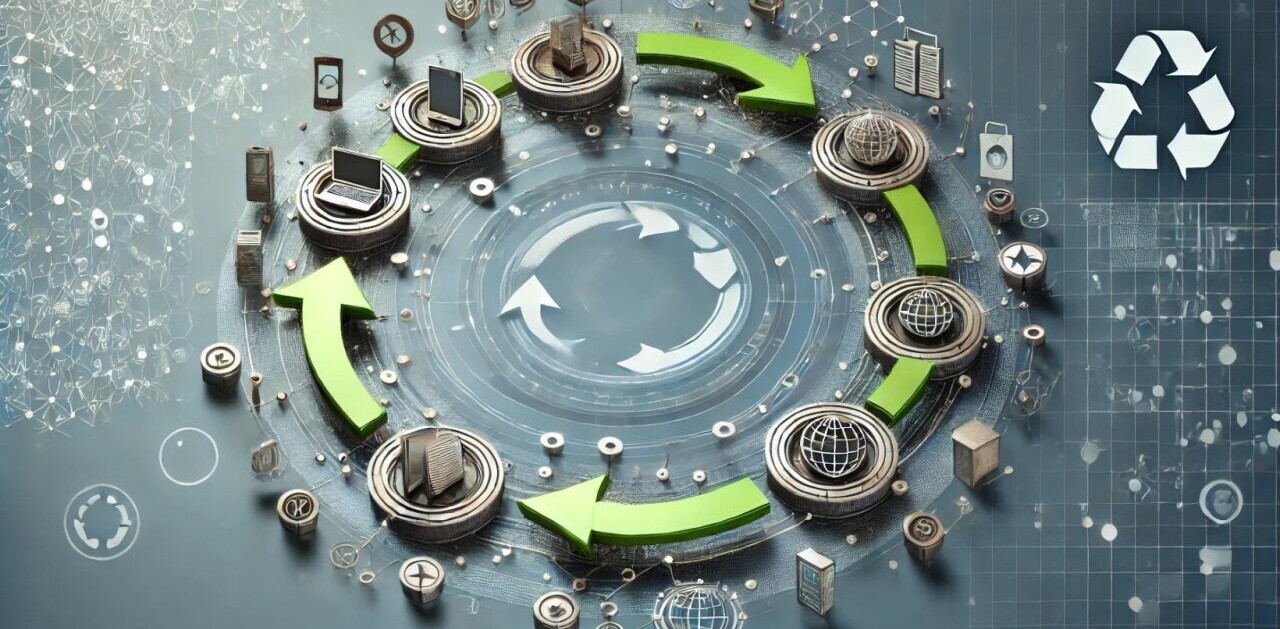
The evolution of data centers has been continuous since their advent, with the requirements of each technological era defining each phase of transformation.
As the world abruptly shifted to digital during the COVID pandemic, we’re now producing more data than ever before. Naturally, the demand to manage, store, and process that data has also increased exponentially. Along with this heightened demand, comes a new set of challenges and things to consider when building the data centers of the future.
How can we satisfy our growing data needs, without compromising the environment? How can we tackle the growing cybersecurity threat and keep our data safe? These are just a few factors data center operators will need to consider moving forward.
TNW spoke with Uwe Erlenwein, Head of Data Center Construction at cloud provider IONOS, to find out more about how companies can address these challenges and what’s in store for the data centers of the future.
Sustainability must be at the forefront of design
The more we rely on technology platforms in our daily lives, the more we need data centers to support that lifestyle. However, with climate change being society’s biggest and most dire global challenge, the intensive energy needs of data centers has come into question bringing with it emerging regulations, but also new innovation.
Climate consideration will soon be a compulsory criteria for all data centers. Gaining approval for building plans is becoming more complex as it involves a lengthy assessment where the sustainability features of the proposed facility need to be thorough and evidenced.
Frankfurt, for example, requires data centers to take up less space and have a green facade before they can get planning permission. IONOS has put this idea into play at its newest data center in Worcester, UK. Several sections of the site, like the ancillary buildings, substation, and bicycle shelter have green roofs. Furthermore, there are environmental protection areas in the business park with bug and bee hotels to encourage wildlife and nature to continue flourishing in the area.
Considering where your customers are located is key.
New initiatives like the Climate Neutral Data Centre Pact are encouraging operators and trade associations to go beyond sustainability targets and make their facilities carbon neutral by 2030. In addition to incorporating nature within the structure of a site, replacing legacy carbon-intensive building materials will be increasingly important in the future.
Uwe tells us that at the Worcester Six Business Park, “the carbon used to manufacture the cladding of the building was fully offset by the manufacturer. This was just a start for us — we’re looking into carbon reduced or completely carbon neutral concrete and steel for the future.”
The optimum location and process maximizes efficiency
As the world is getting ever more crowded and space availability is shrinking, deciding where to locate a data center will become even more challenging. Before beginning construction, there are several factors that need to be taken into account.
Considering where your customers are located is key: having a low latency for higher speed, performance, and efficiency is imperative. When deciding where to locate IONOS’ new data center, Uwe explains, “we wanted to be in the region around Birmingham because it’s more or less the middle point for most of our customers. You have pretty much the same latency to London as you do to Manchester.”
Access to fiber and power also weighs into the decision. At Worcester Six Business Park, the developer IONOS bought the land from was also contracted to build the powered shell. Being energy-conscious and accessing the right kind of power was important to both parties.
“The entire roof is covered by photovoltaic (PV) panels, which generate up to 10% of our total energy consumption. The rest of the energy comes from the grid, and we only purchase pure green energy from solar, wind, or hydro energy sources,” shares Uwe. This shift towards clean energy procurement will become common and essential for data centers worldwide moving forward.
With greater pressure and demand for environmental accountability — not to mention global temperatures rising — natural factors such as weather conditions and topography also affect the decision process. “From the beginning, power usage effectiveness (PUE) was very important for us. Our design PUE is 1.25 at Worcester,” Uwe informs us.
Even in an area with lower temperatures, cooling systems are still needed. IONOS uses chillers with free air cooling to match the outside temperature. After this temperature is reached, compressors continue to produce chilled water, cooling the site further.
When a component fails, overheating and power outages often threaten data centers. Pre-empting this, the new data center at Worcester is designed and built to a Tier IV standard with redundant capacity components and active distribution paths which are also compartmentalized to achieve concurrent maintainability and fault tolerance. Additionally, it has generators on site with unlimited run time, so there’s always power available.
IONOS uses hydrated vegetable oil (HVO) to power these generators, which reduces the carbon footprint by about 90%. Furthermore, it has a continuous cooling system with buffer tanks and automated valve controls in place.
Remote access and virtualization are growing trends.
There are more innovations being cultivated in the industry to improve the efficiency of cooling systems and back-up generators further. Uwe gives us his insight:
“Most people use air cooling, but direct-to-chip, liquid cooling is becoming more and more a thing. Immersion cooling, where your IT components are submersed in the liquid, is another method being used.”
Although the market is not there yet, with a lack in storage capacity, some manufacturers are also looking into using hydrogen fuel cells to power generators in the future. Sustainable and completely emission-free, it could be a breakthrough for the industry.
Heightened security and monitoring is key
Other than a need for increased efficiency, security concerns continue to put pressure on data centers globally. To monitor the physical site, IONOS deploys CCTV cameras and motion detectors around the perimeter of the building, as well as an intruder alarm system and fire and smoke detection.
As hackers continue to grow more sophisticated, it’s critical for data centers to step up their digital security measures too. Remote access and virtualization are growing trends, but many organizations, including IONOS, are cautious when using it.
“We monitor the data center infrastructure and everything on the site remotely, but we do not control it remotely or give any control to the cloud due to certain risks. If you get hacked, anybody could control a data center infrastructure remotely. The risk of making operational errors remotely is much higher than if you operate it onsite,” says Uwe.
Predictive maintenance will be key in the future, with the ability to deploy complex algorithms that run in the background calculating the health status of the different components.
What to expect in the future
Uwe divulges that it’s becoming more common for vendors of data center infrastructure equipment to come with built-in AI capabilities that monitor and analyze health status. Automating this process will improve the accuracy of real-time monitoring and allow operators to have a constant overview of the site.
The efficiency of data centers is already improving, and needs to continue as the demand for more centers increases. We will see them begin to require less space and energy in the future. And, as digital security measures develop, we will see more virtualization and transitions to the cloud.
Get the TNW newsletter
Get the most important tech news in your inbox each week.






